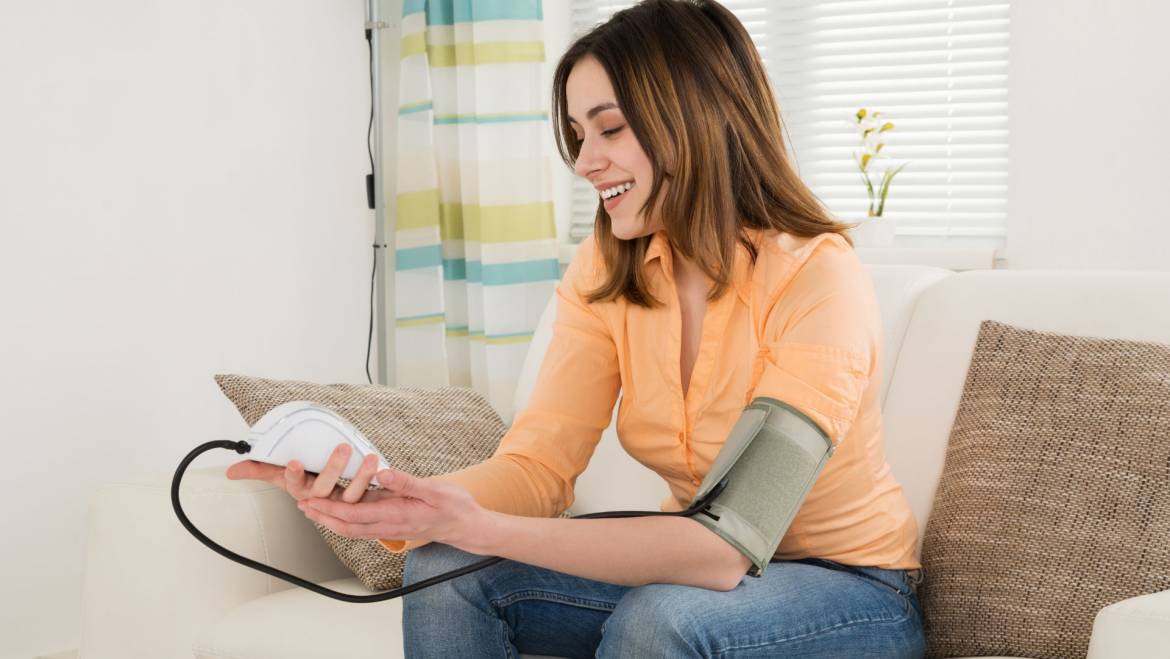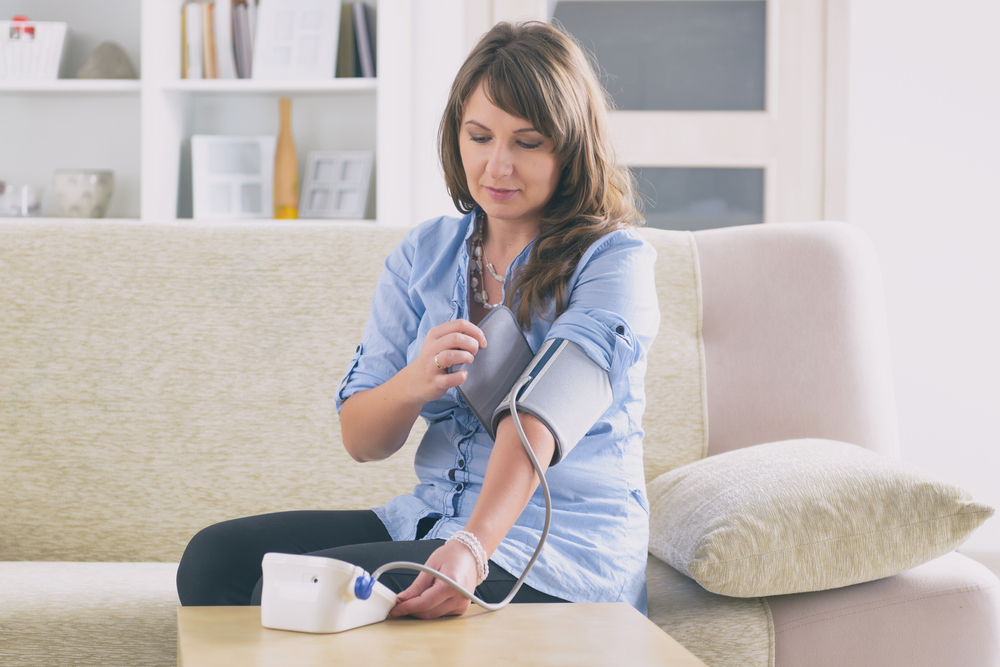Your blood pressure gives clues about the amount of load your heart is bearing in pumping blood throughout your body. It is one of your body’s vital signs. One of the best ways to keep tracking your blood pressure level is to monitor it at home using an automated blood pressure device or manually.
Why is it important to determine blood pressure numbers?
High blood pressure, medically termed hypertension, is one of the top risky factors of heart issues. It can be caused by weight gain, excessive alcohol consumption, salt intake, older age, and family history. There are usually no symptoms of high blood pressure; measuring the levels is the only way to know its status in the body.
As per data issued by CDC, about 75 million adults in America suffer from high blood pressure. It is also known as the silent killer; high blood pressure should not be taken lightly. Controlling blood pressure can help prevent or delay complications associated with high blood pressure, including heart attack, atrial fibrillation, stroke, and kidney disease. But the good news is that the condition is treatable. Patients with high blood pressure may also need to make lifestyle changes, including a low-sodium diet and weight loss, if necessary, to be started on blood pressure medications. Blood pressure measures how hard your blood pushes against the wall of your arteries as it flows through your body. When the levels are high, damage begins in the blood vessels, kidneys, and heart, which can contribute to sudden and serious heart problems. It is also common among individuals with severe symptoms of Covid 19.
Knowing your blood pressure numbers is the first step to managing its levels. Also, with more people at home practising social distancing with fewer chances to check blood pressure at a doctor’s clinic, it is more important than ever to know how to do it at home.
How to monitor blood pressure
Checking blood pressure at home is crucial for managing hypertension (high blood pressure). According to the American heart association and other organizations, people with hypertension should check their blood pressure at home to manage this condition. Regular check-ups help your doctor determine if treatment is working. Home blood pressure monitor kits are available widely, but it is important to know how to find a good quality blood pressure device and to use it correctly.
To determine numbers, two readings are taken with the help of a blood pressure device: systolic and diastolic. The systolic levels show how hard your blood pushes when your heart is pumping, and the diastolic number reveals how hard the blood pushes between heartbeats. If your blood pressure reading is Systolic:120 and diastolic: 80, then you have normal blood pressure levels. According to the American heart association, Stage 1 hypertension is when the blood pressure is consistently over 130/80.
Scheduling your monitoring around the time of your blood pressure medications or when you have breakfast, lunch, or dinner. It is best to set the alarm while relaxing and watching Netflix at night. This way, your doctor will help you find diet habits that best suit you. Low blood pressure levels are different for every individual.
Symptoms of low blood pressure include fatigue, dizziness, or light-headedness. Referred to as hypotension, low blood pressure indicates levels less than 90/60. A sudden drop in blood pressure can occur in someone who is rising from a sitting or a lying position to standing. Other causes of low blood pressure include severe infection, heart attack, or a severe allergic reaction. Consult your doctor regarding the low blood pressure treatment.
Tips for checking blood pressure.
To accurately get your blood pressure levels at home, experts say; first, it is important to avoid alcohol consumption and eat up to two hours before bed and empty your bladder. Second, at least thirty minutes before measurements, you shouldn’t smoke, intake caffeine, or exercise. Let’s learn the correct way to have your blood pressure taken, whether you are checking it yourself at home.
- Relax and sit in a comfortable chair with your back supported for at least five minutes before you begin the process. Keep your feet flat on the floor, and your legs are not crossed. Your arm should support the flat surface of a table with your upper arm at heart level.
- Keep a diary to note the dates and times you have taken your blood pressure.
- Take a blood pressure monitor, and set up the cuff against bare skin, not over clothing. Ensure that the blood pressure cuff is snug but not too tight.
- There should be no distractions; do not talk while you are in mid of the checking process.
Log your measurements and speak to your doctor if you have any queries or concerns about your readings or medications. Your doctor will advise you on how to lower your blood pressure.
If your blood pressure is well controlled, Speak to your doctor about how often you need to check it. Blood pressure monitoring at home is not a substitute for medical visits every time. The readings might not always be correct, even if you get specific numbers, and you should not change your medications or diet habits without consulting your doctor. However, if continued home monitoring reveals your levels are under control, you might be able to make fewer medical visits.
Also Read: What is Hypertension or High Blood Pressure?
admin
Latest posts by admin (see all)
- What is Triluma Cream? Uses, Benefits, and How It Works for Skin - December 26, 2024
- What Causes Dark Spots? Understanding the Science of Hyperpigmentation and How Skin Lightening Products Help - December 26, 2024
- Tretinoin Gel vs. Cream: Which Formulation is Right for Your Skin? - December 20, 2024




